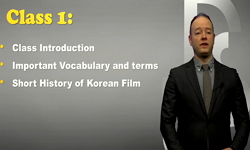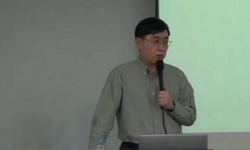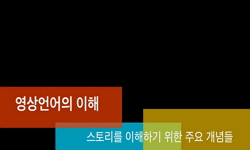This article reviews the experience of applying the Identification, Diagnosis, Prospective, and Action (IDPA) facilitating method as a means of promoting practices of dialogue between stakeholders in the radiological protection field. After presenting...
http://chineseinput.net/에서 pinyin(병음)방식으로 중국어를 변환할 수 있습니다.
변환된 중국어를 복사하여 사용하시면 됩니다.
- 中文 을 입력하시려면 zhongwen을 입력하시고 space를누르시면됩니다.
- 北京 을 입력하시려면 beijing을 입력하시고 space를 누르시면 됩니다.

The Identification, Diagnosis, Prospective, and Action (IDPA) Method for Facilitating Dialogue between Stakeholders: Application to the Radiological Protection Domain
한글로보기https://www.riss.kr/link?id=A108775419
-
저자
Jacques Lochard (Atomic Bomb Disease Institute, Nagasaki University) ; Win Thu Zar (Department of Global Health, Medicine, and Welfare, Atomic Bomb Disease Institute, Nagasaki University) ; Michiaki Kai (Department of Health Sciences, Nippon Bunri University) ; Ryoko Ando (NPO Fukushima Dialogue)
- 발행기관
- 학술지명
- 권호사항
-
발행연도
2023
-
작성언어
English
- 주제어
-
등재정보
KCI등재
-
자료형태
학술저널
- 발행기관 URL
-
수록면
107-116(10쪽)
- 제공처
-
0
상세조회 -
0
다운로드
부가정보
다국어 초록 (Multilingual Abstract)
This article reviews the experience of applying the Identification, Diagnosis, Prospective, and Action (IDPA) facilitating method as a means of promoting practices of dialogue between stakeholders in the radiological protection field. After presenting the characteristics of the IDPA method and its ability to promote active listening, participation, and dialogue among stakeholders facing complex situations, as well as the procedural aspects associated with its practical implementation, the article describes three examples of the application of the method in the field of radiological protection. The first one presents how the IDPA method supported a debate among decision-makers, authorities, experts, professionals, and representatives of non-governmental organizations about how to engage stakeholders in radiological protection. The second example presents how the IDPA method was used in a series of dialogue meetings to explore the challenges of the post-nuclear accident situation resulting from the Fukushima Daiichi Nuclear Power Plant accident. The third one presents the application of the method in the context of a training course organized by Nagasaki University in the affected area close to the damaged plant. Experience has shown that the IDPA method makes it possible to develop responses to problems posed in very different contexts and, in many cases, to find compromises regarding their solutions. The IDPA method has the merit of allowing each of the participants to better understand the situation they are faced with, even if such a positive result is not always achieved.
동일학술지(권/호) 다른 논문
-
- 대한방사선방어학회
- Ryo Ozawa
- 2023
- KCI등재
-
Color Texture Analysis as a Tool for Quantitative Evaluation of Radiation-Induced Skin Injuries
- 대한방사선방어학회
- Sung Young Lee
- 2023
- KCI등재
-
- 대한방사선방어학회
- Takahiro Kitajima
- 2023
- KCI등재
-
Effects of Fast Neutron Irradiation on Switching of Silicon Bipolar Junction Transistor
- 대한방사선방어학회
- SungHoAhn
- 2023
- KCI등재




 eArticle
eArticle






